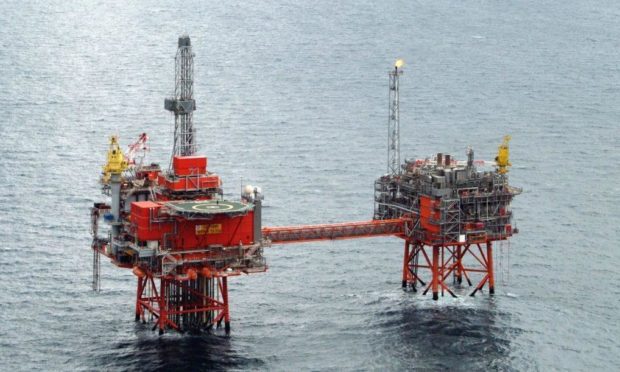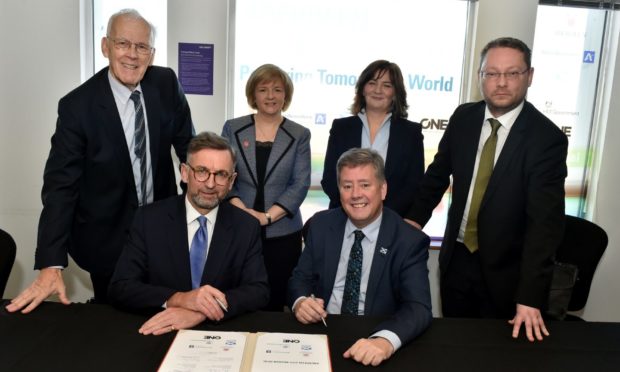The Scottish Greens want an end to government support for the Aberdeen-based OGTC and any other “backdoor” funding for North Sea oil and gas.
The party’s manifesto, launched on Wednesday morning, vowed to “challenge” the Scottish Government’s backing for such initiatives.
Demands for an acceleration of the transition away from North Sea oil and gas have been made repeatedly by the Greens in recent years.
Speculation has been growing that the party could discuss a power-sharing coalition deal with the SNP after the election, although co-leader Patrick Harvie moved to play down the prospects of a formal alliance in an interview this week.
Opened in 2017 with £180 million of support from the UK and Scottish governments, as part of the Aberdeen City Region Deal, the Oil and Gas Technology Centre aims to research and develop innovative solutions to challenges in the energy sector.
It recently dropped “oil and gas” from its title, to become the “OGTC”, in a rebrand designed to highlight its net-zero ambitions.
However, the Scottish Greens’ election manifesto said the party would “challenge the Scottish Government’s backdoor funding of the oil and gas sector through channels such as the Oil and Gas Technology Centre”.
Now is the time to be bold. We have a plan to create tens of thousands of new jobs in green energy. 💚https://t.co/O9TnP1002W
— Scottish Greens (@scottishgreens) April 14, 2021
The manifesto also stated the party would “oppose greenwashing arrangements between Scottish Government and the industry, including the sale of carbon from public forests as offsets to Shell and BP”.
The party would “support safe decommissioning with strict environmental regulations to minimise pollution risks”.
The document reiterated the Greens’ demands of the UK Government to stop issuing new licences for oil and gas exploration and development, revoke undeveloped licences, instigate a review of current permits to assess whether existing facilities should be phased out early, and end subsidies and tax breaks for the sector.
“We will support the progressive phase out of North Sea oil and gas production based on the principles of a Just Transition,” the manifesto states.
“This is essential to protect the livelihoods and economic well-being of workers and communities, preventing a deferred collapse.”
The party’s stance on the North Sea has been criticised by the Scottish Conservatives during the election campaign, amid warnings that it would “effectively cripple the engine room of the Scottish economy overnight”.
A “new deal” for onshore wind, as well as support for hydropower and offshore renewables, are outlined in the manifesto to accelerate “the transition to a net-zero economy, creating well-paid green jobs, and laying the foundation for a just and prosperous economy”.
Colette Cohen, chief executive of the OGTC, said: “OGTC is joint funded by the Scottish Government and UK Government through the Aberdeen City Region Deal and is a delivery-oriented, globally recognised technology centre with net zero at its core.
“Our mission is to accelerate the oil and gas industry to a net-zero future, developing and deploying technology to make the energy transition affordable for our industry and the UK economy.
“With more than £160m co-invested with industry in technologies from offshore electrification and net zero decommissioning to autonomous robotics and renewable power systems, we have screened over 1,000 exciting new technologies, completed or progressed 100 field trials, and generated £15 billion GVA potential for the UK economy.
“OGTC’s work is in full alignment and support of the government’s commitment to net zero by 2045 and the recently announced North Sea Transition Deal, which will accelerate decarbonising of hydrocarbon production, unlock investment in carbon capture and storage, develop a low-carbon hydrogen economy and secure sustainable high-skilled jobs.”


